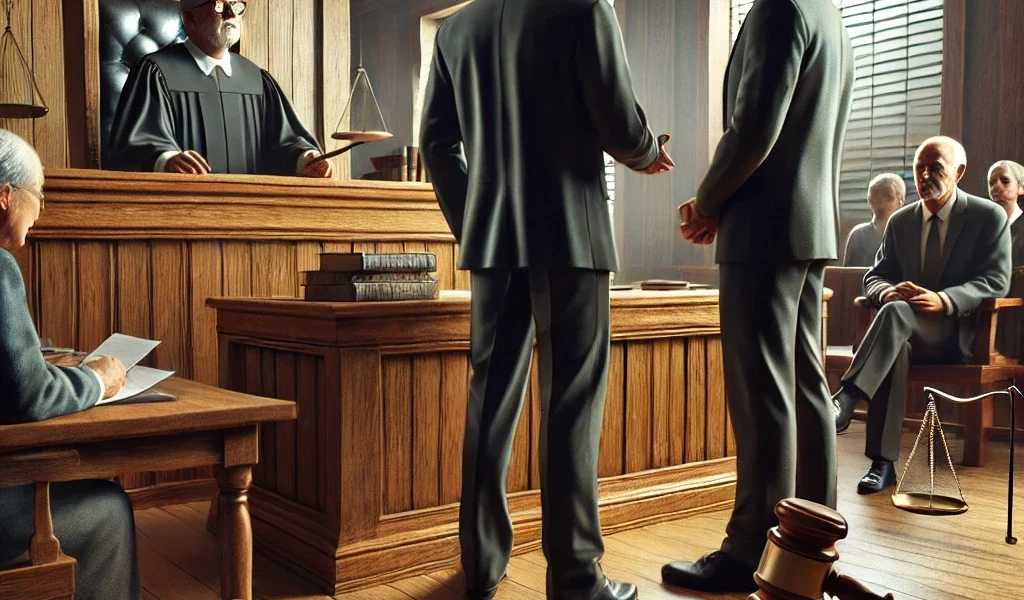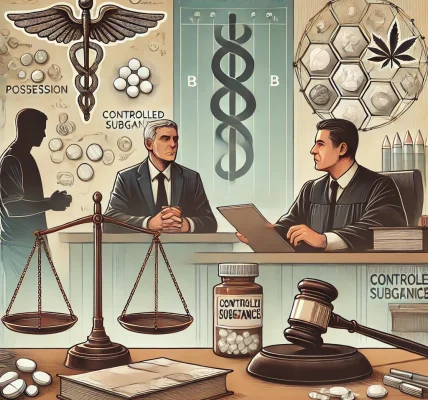Bail is an essential part of the criminal justice system that allows defendants to remain free while awaiting trial. Understanding how bail works, the legal processes involved, and the rights of an accused individual is crucial for both defendants and their families. In this guide, we will explore the concept of bail, the different types of bail, factors influencing bail decisions, and how the bail process unfolds.
1. What is Bail?
Bail is a legal mechanism that allows an accused person to secure temporary release from custody by paying a set amount of money or providing a guarantee to the court. This ensures that the defendant will return for future court proceedings. If the defendant fails to appear in court, the bail is forfeited, and legal consequences follow.
A. Purpose of Bail
- Ensures the accused appears for all court hearings.
- Prevents unnecessary pretrial detention for non-violent offenders.
- Maintains a balance between the defendant’s rights and public safety.
2. Types of Bail
There are different types of bail, depending on the jurisdiction and the severity of the offense.
A. Cash Bail
- The defendant pays the full bail amount in cash.
- The money is refunded after the case concludes, provided the accused appears in court.
B. Surety Bond (Bail Bond)
- A bail bondsman or agency posts bail on behalf of the defendant in exchange for a fee (typically 10-15% of the bail amount).
- The bondsman is responsible for ensuring the accused appears in court.
C. Property Bond
- The defendant or a family member uses real estate or other valuable assets as collateral.
- The court places a lien on the property until the case is resolved.
D. Recognizance Release (Own Recognizance – OR)
- No money is required; the defendant signs a written agreement promising to appear in court.
- Typically granted for low-risk, first-time offenders.
E. Citation Release (Cite-Out)
- Law enforcement issues a citation with a court date instead of making an immediate arrest.
- Common for minor offenses like traffic violations.
F. Federal Bail
- Used in federal cases, where bail terms may be stricter.
- A combination of property, cash, and personal recognizance may be required.
3. Factors That Determine Bail Amount
Judges consider several factors when setting bail amounts, including:
- Severity of the Crime: More serious offenses generally result in higher bail.
- Criminal History: Repeat offenders may face higher bail or be denied bail altogether.
- Flight Risk: If the defendant has a history of missing court dates, bail may be denied or set at a higher amount.
- Ties to the Community: Defendants with strong family and work connections are more likely to be granted bail.
- Public Safety Concerns: If the defendant is considered a threat to society, bail may be denied.
4. The Bail Process
A. Arrest and Booking
- The accused is arrested and taken to a police station.
- Personal information and details of the alleged crime are recorded.
- The defendant is held in custody until a bail hearing is conducted.
B. Bail Hearing
- A judge reviews the case and determines whether to grant bail.
- The prosecution and defense may argue for or against bail.
- If bail is granted, the amount and conditions are set.
C. Posting Bail
- The defendant or a representative pays the required amount.
- The accused is released from custody but must adhere to bail conditions.
D. Court Appearances
- The defendant must attend all scheduled court hearings.
- Missing a court date can result in bail revocation and re-arrest.
E. Bail Refund or Forfeiture
- If the defendant complies with all court appearances, the bail money (minus fees) is returned.
- If the defendant skips court, the bail is forfeited, and a warrant may be issued for their arrest.
5. Can Bail Be Denied?
Yes, bail can be denied in certain circumstances, such as:
- Capital offenses where the defendant faces the death penalty.
- Cases involving a high flight risk.
- If the accused poses a danger to the community.
- Repeat offenders with a history of violating bail conditions.
6. Bail Conditions and Restrictions
Judges may impose conditions to ensure compliance, including:
- Travel restrictions (e.g., cannot leave the state or country).
- No contact orders (e.g., in domestic violence cases).
- Mandatory check-ins with law enforcement or a bail officer.
- Substance abuse testing or rehabilitation programs.
7. Bail Reform and Recent Changes
Many jurisdictions have implemented bail reforms to address inequalities in the system. Some key reforms include:
- Eliminating cash bail for non-violent offenses.
- Expanding the use of personal recognizance releases.
- Implementing risk assessment tools to determine flight risk.
- Providing alternative monitoring programs instead of detention.
8. Alternatives to Bail
In cases where bail is unaffordable, alternatives may be available:
- Supervised Release: Defendants are monitored but not detained.
- Pretrial Services Programs: Courts offer services to ensure compliance with legal obligations.
- Electronic Monitoring: GPS tracking devices may be used instead of jail time.
9. Hiring a Bail Attorney
Having an experienced attorney can help navigate the bail process efficiently. A lawyer can:
- Advocate for lower bail amounts.
- Present evidence supporting release on recognizance.
- Appeal excessive bail decisions.
- Ensure fair treatment under the law.
10. Conclusion
Bail plays a critical role in the criminal justice system by allowing defendants to await trial without being detained unnecessarily. Understanding how bail works, the types of bail, and the legal process involved can help individuals and their families make informed decisions. If you or a loved one is facing criminal charges, consulting with a legal professional is always recommended to ensure the best possible outcome.




